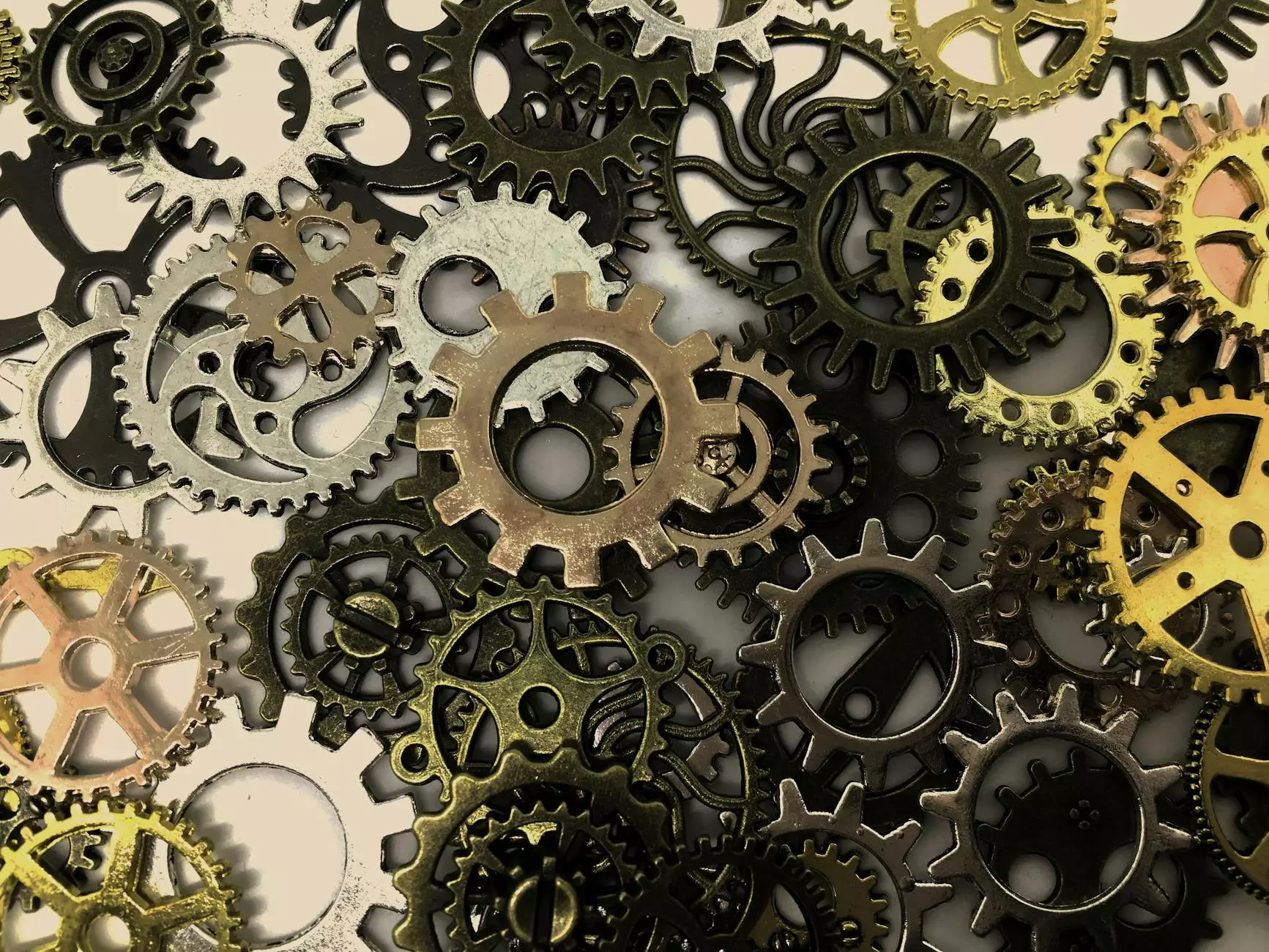Understanding Asymmetrical Music: A Detailed Exploration

What is Asymmetrical Music?
Asymmetrical music definition refers to a style of music characterized by irregular, non-repeating patterns and structures. Unlike traditional forms of music that often adhere to symmetrical patterns, asymmetrical music breaks the mold, offering surprising twists and turns that can leave listeners both intrigued and engaged. This article will delve into the essence of asymmetrical music, its historical context, and the unique features that set it apart from more conventional musical forms.
The Historical Context of Asymmetrical Music
Asymmetrical music has roots that can be traced back to various cultures and genres throughout history. From early classical compositions to contemporary jazz and experimental electronic music, asymmetrical forms have always existed in some capacity.
In classical music, composers like Béla Bartók and Igor Stravinsky experimented with odd time signatures and unconventional rhythmic structures. Bartók employed folk motifs that often included asymmetrical meters, while Stravinsky’s compositions frequently shifted time signatures mid-piece, creating a disorienting but captivating listening experience.
Moving into the 20th century, we see the rise of jazz and its proclivity for improvisation, where musicians often play with contrasting rhythms and unpredictable phrasings. Asymmetry in jazz allows for spontaneous creativity, giving birth to unique soundscapes that can rapidly change direction.
The Characteristics of Asymmetrical Music
To fully appreciate the nuances of asymmetrical music, it's essential to understand its defining characteristics. Here are some key features:
- Irregular Rhythms: The most prominent feature of asymmetrical music is its irregular rhythmic patterns. Unlike traditional music, which often follows a predictable beat, asymmetrical music may employ time signatures such as 5/4, 7/8, or even more complex divisions that create unexpected accents.
- Unpredictable Structures: Asymmetrical compositions do not adhere to a standard verse-chorus format. Instead, they may weave in and out of various motifs, often returning to previous themes in surprising ways.
- Layered Textures: Asymmetrical music often includes a tapestry of different instrumentations and melodies. The complexity of layers can create a rich listening experience, as different musical lines interact in nuanced ways.
- Emotional Range: Asymmetrical music can evoke a wide range of emotions due to its unpredictability. This can lead to moments of tension, release, joy, and melancholy all within a single piece.
Notable Examples of Asymmetrical Music
Throughout history, many renowned musicians and composers have embraced asymmetrical music, significantly impacting the music world:
- Stravinsky's "The Rite of Spring": This iconic ballet score is famous for its erratic rhythms and shifting time signatures, challenging listeners' expectations and ultimately leading to a riot at its premiere.
- Radiohead: The English rock band incorporates asymmetrical structures in their music, particularly in songs like "Pyramid Song," which uses an irregular time signature to create a floating, otherworldly feel.
- Percussion Groups: Many modern percussion ensembles explore asymmetrical rhythms through intricate compositions, allowing them to create dynamic performances that captivate audiences.
The Role of Technology in Asymmetrical Music
Technology has played a pivotal role in the evolution of asymmetrical music, especially in the realm of electronic music. Producers and DJs can now manipulate sounds and rhythms with unprecedented precision, allowing for innovative asymmetrical arrangements. Advanced software enables artists to layer sounds, create elaborate beats, and generate unexpected shifts in rhythm.
Moreover, digital audio workstations (DAWs) offer tools that help composers experiment with asymmetrical forms easily. Musicians can test various arrangements and immediately hear how specific asymmetrical patterns will affect the overall piece. This ability to experiment extensively has led to a significant increase in the popularity of asymmetrical music across genres.
Embracing Asymmetrical Music in Composition
For aspiring composers and musicians wishing to explore asymmetrical music, there are several strategies to consider:
- Experiment with Time Signatures: Don't shy away from using odd time signatures in your compositions. Start by integrating 5/4 or 7/8 measures, and see how they affect the overall feel of your music.
- Vary Rhythmic Patterns: Create intricate rhythms by layering different rhythmic patterns across instruments. Play with syncopation and polyrhythms to add complexity.
- Focus on Melody: Work on developing melodies that can adapt to the surrounding rhythm and chord changes. This will help you create a more flexible and dynamic composition.
- Incorporate Improvisation: Allow space for improvisation in your music. This approach can lead to natural asymmetrical elements as musicians react to one another in real time.
The Future of Asymmetrical Music
As we look ahead, the potential for asymmetrical music seems limitless. With the continued advancement of technology and a growing interest in exploring new musical landscapes, more artists are likely to embrace asymmetry in their works. We can anticipate collaborations between genre boundaries, incorporating asymmetrical elements across styles ranging from classical to hip-hop.
Furthermore, educational institutions are beginning to include asymmetrical music practices in their curricula. This exposure will foster a new generation of musicians well-versed in the complexities of asymmetrical forms, promoting innovation and creativity in the music industry.
Conclusion
In conclusion, asymmetrical music is a fascinating and evolving genre that challenges conventional musical forms. Through its unique rhythms, structures, and emotional depth, asymmetrical music invites listeners to experience sound in new and profound ways. As technology continues to influence music, we can expect asymmetrical principles to inspire and resonate through future generations of artists and audiences alike.









